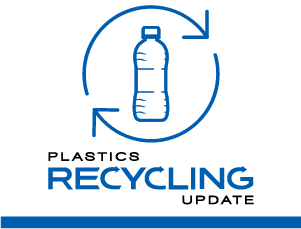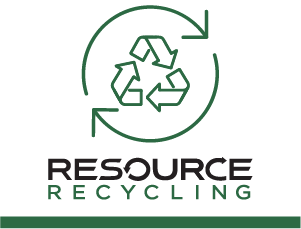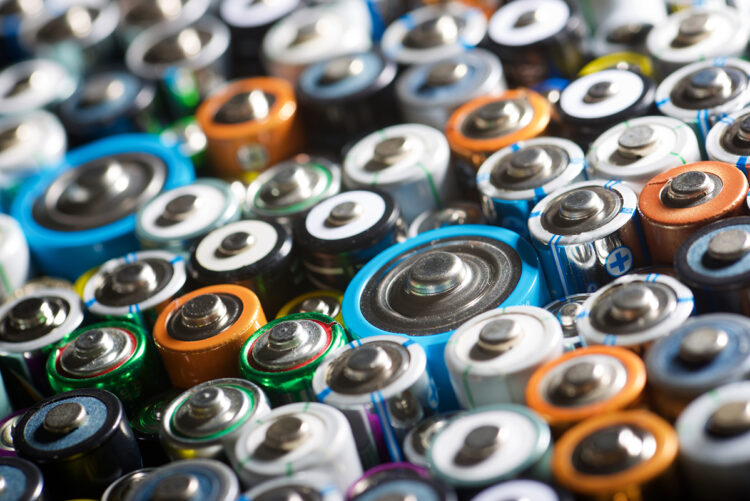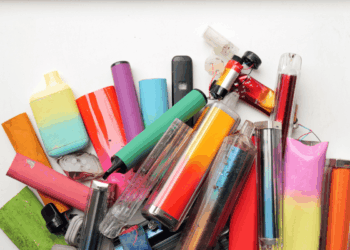Battery recycling company Cirba Solutions is positioning itself as a compliance partner for producers as state-level extended producer responsibility (EPR) rules bring new obligations across the United States.
Since 2020, eight states including California, Colorado, Connecticut, Illinois, Nebraska, New Jersey and Washington as well as the District of Columbia have enacted battery EPR measures. Vermont pioneered the approach in 2014 and expanded its program in 2024. Several other states are currently advancing bills through their respective legislatures.
Program scopes differ by size, chemistry and whether batteries are sold loose or embedded in devices. California’s law covers most consumer batteries and sets separate provisions for battery-embedded products. Washington and Illinois pair portable coverage with medium-format devices such as e-bikes and power tools. New Jersey limits its law to electric and hybrid vehicle propulsion batteries, while the District of Columbia regulates primary and rechargeable cells under its stewardship rules.
Charlotte-based Cirba operates six facilities in North America and has more than 30 years of experience with stewardship programs. The company now sees opportunity in helping producers navigate what has quickly become a patchwork of requirements.
Safety and minerals at the core
Danielle Spalding, a senior executive at Cirba, told E-Scrap News that battery EPR serves two critical functions: reducing fire risks and ensuring valuable materials are recovered.
Discarded lithium-ion cells frequently cause fires in curbside bins, trucks and material recovery facilities, due to compression that can ignite a battery and cause a thermal event, she said.
At the same time, she said, recycling batteries offers a domestic source of nickel, cobalt and lithium.
“Batteries themselves have this amazing capability to unlock access to critical minerals that we would not typically have if we only looked at our geographic makeup,” she said.
Steps for producers
Cirba is urging manufacturers to prepare now for battery EPR by securing experienced partners and educating themselves on reporting obligations.
“The first thing they have to do is work with an experienced team,” Spalding said. “Producers do not want to have five different activations creating more complications. They need trusted resources first and foremost.”
Producers also should build collection networks tied to sales channels and understand the different reporting requirements in each jurisdiction, she said.
“We tend to be the team that also reports for producers, because we know exactly what is being collected,” Spalding said. “A trusted partner has to provide transparency overall and have existing options available to execute.”
Spalding also pointed to the importance of clarity in state definitions. “Who is a producer, who is a recycler and who is truly responsible for executing these programs all matter, because it dictates who is covered,” she said.
Understanding the scope
Spalding explained that EPR requirements can apply to four categories: small household batteries, medium-format units such as power tool packs or e-bike batteries, large traction batteries in electric vehicles and embedded cells in toys, clothing and other consumer goods.
She pointed to the diversity of state approaches to address the issue, including California’s reintroduced SB 615, Hawaii’s several measures focused on lithium-ion batteries and the difficulty of transporting batteries off island, and Washington’s rule-making committee, in which Cirba participated.
“Each state has its own unique approach and we need to be thoughtful and respectful of that,” Spalding said. “California’s bill is much more prescriptive while New Jersey’s program provides more flexibility.”
“The embedded battery is a really important one,” she said. “Producers outside of this industry often do not understand how many embedded batteries there are. We are talking about toothbrushes, pregnancy devices and toys. You tell me a toy right now that doesn’t light up.”
Persistent challenges
Despite Cirba’s long track record, the company still sees hurdles. “The challenges are inconsistency from state to state, not just reporting standards but what batteries are covered,” Spalding said.
She highlighted embedded products and vaping devices as two areas of particular difficulty.
“E-cigarettes are a unique area,” she said. “Once a battery is used it becomes hazardous waste, so you have to package and transport it differently. We are working proactively on that issue.”
Ultimately, Spalding said battery EPR can succeed if stakeholders collaborate.
“EPR is meant to be a supportive tool to help execute life cycle programming, but we have to balance that with making sure we are not over-regulating,” she said, adding, “This is a complex challenge, but there are a lot of teams that want to come together to figure it out.”


























